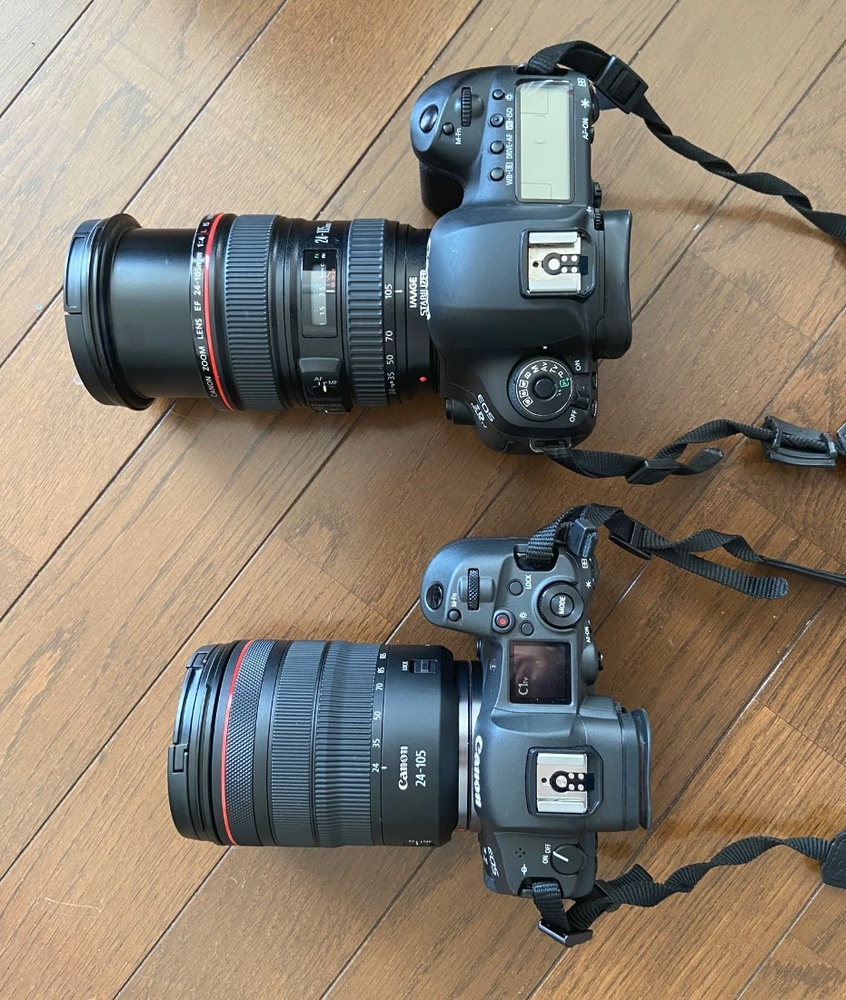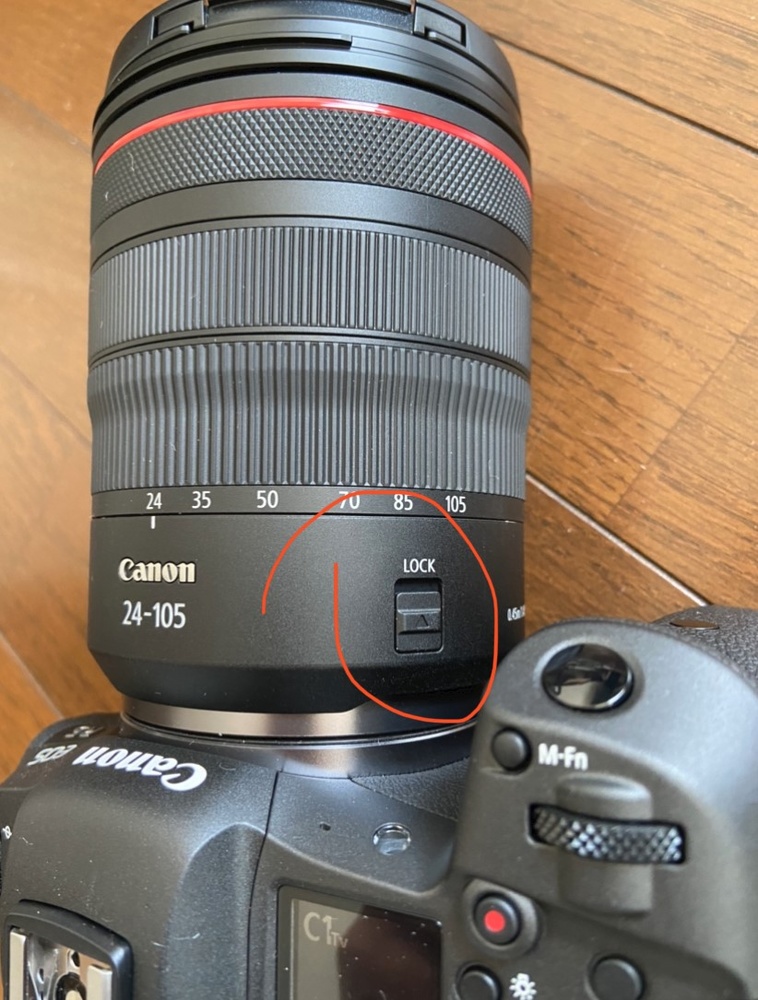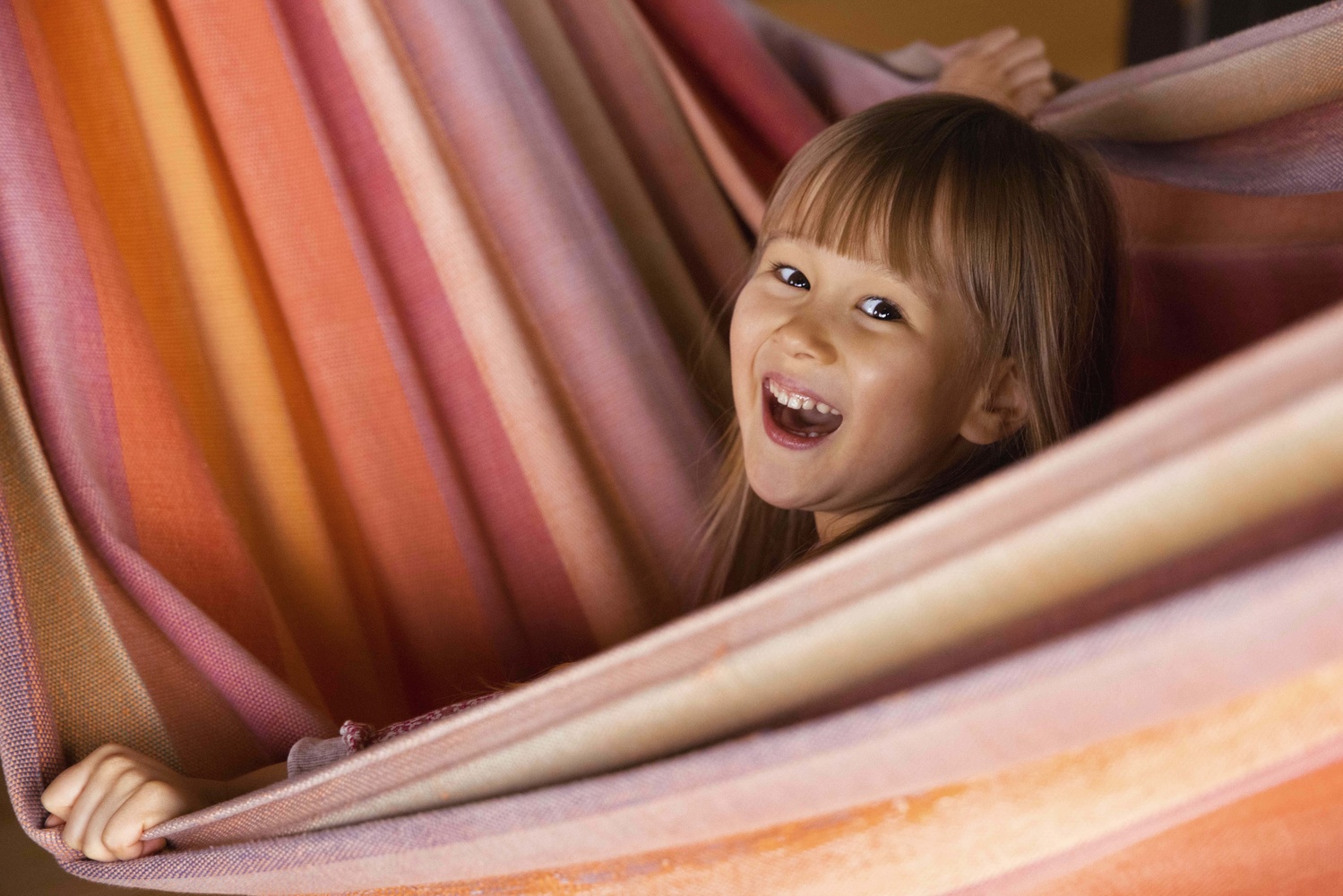It took the best part of four months to get my hands on the new Canon EOS R5, but the wait is over. After a few days of playing with it, I have to say I'm stunned by its brilliance. Here are my first impressions on a number of topics.
I was seriously beginning to think my Canon EOS R5 camera and RF 24-105mm f/4 lens would never arrive. As friends around the world received their cameras one by one, I was left twiddling my thumbs and checking and rechecking the status of my order day after day. Then when the vendor suddenly put a note on the website saying that the camera didn't ship to Japan (something which didn't exist when I placed my order), and I was bracing for the worst. Thankfully, the wait is over, and I now have my entire order in my hands. I've only had a few days free to go out and play, but I do have some initial thoughts I'd like to share with you.
Size and Weight
When the mirrorless (r)evolution was really taking off a couple of years back as Sony led the way, I was never convinced by the size and weight argument that a lot of people were putting forth. At 64 kgs, I'm certainly not a big fellow, by any means, but I've never struggled to hold any DSLR up for hours on end in any kind of shoot. Whether it was my Canon 5D Mark IV paired with a Sigma Art 50mm f/1.4 lens or my Canon 7D Mark II paired with a Tamron 16-300mm f/5.6 lens, I never felt weighed down or burdened. Thus, I could never really see the issue at hand, especially when people were often talking about just a couple of hundred grams. Now that I have the EOS R5 and RF24-105 f/4 lens combination, I have to be honest and say I'm still not convinced. That's just me, remember.
When you look at the image above, you can see the two combinations next to each other. The DSLR 5D Mark IV with EF 24-105mm lens is on the left, and the new EOS R5 with RF 24-105mm lens is on the right. They are both hefty setups. I haven't put them together on an actual scale and delved into the differences in grams, but I can say from holding them both in my hands and from taking my new EOS R5 out shooting with me, there wasn't really a discernable difference to me. I definitely didn't have some kind of shock wonderment surge through me because of the astounding lightness of the new setup. There is certainly a difference when you pair other RF lenses with the EOS R5, but for this direct comparison with the 24-105mm sets, I haven't really noticed much difference at all in weight.
One of the most pleasing new features for me is one I've been screaming for over many years. It's a simple lock function on the lens to prevent lens creep when you're not using it. Tamrons have had this feature for years, and now, the RF lenses have followed suit. When you look at the image below, you can see the two cameras/lens sets together. You might think it's disingenuous of me to extend the EF 24-105mm out fully as I have in the picture. But I did it deliberately because that's what I've had to deal with for years with this lens, as have many others according to various forums. After I had my two young daughters, it got to a point where I simply stopped using that lens because it became a weapon that was dangerous to my girls as its heft and bulk swung around my hips — head level to them. Thankfully, the new locking feature means the EOS R5 and RF 24-105mm lens set is far less bulky and cumbersome.


Autofocus and Performance
In a word, wow. Seriously, it is absolutely stunning to me how good the autofocus on the EOS R5 is. A lot has been made of it, and it certainly has been everything I've read about, seen, heard about, and more. Whether you're using eye detection on people or on animals or following sports action as I do with surfing, it just doesn't miss. The only times I've had a few issues with focusing have been due to user error, where a quick drive into the manual or a play with settings has quickly rectified things.

This image above is a perfect example of how good this camera's autofocus and in-body image stabilization (IBIS) is. Zoomed in to 100%, my daughter's eyes are ever so slightly soft. To the naked eye, you probably can't see. But what's so extraordinary about that is that when I was taking these images, my two-year-old daughter had just jumped onto my back. She was swinging over my shoulders like a little monkey, and I was holding the camera in one hand with eye autofocus on. As best I could, I kept trying to position my eldest daughter in the hammock to get a nice composition, all the while trying to deal with my other daughter jumping all over me. Later, when I finally got a chance to scroll through the images I'd taken, I was astonished to see that almost all of them were in focus. It was pretty much a hit rate above 95%. The only time I missed was when my daughter hid her eyes from view under the hammock. As soon as her eyes became visible again, the camera's autofocus locked on and did the rest for me.
Honestly, I don't know how I feel about this right now. On the one hand, the final results are phenomenal, which is all you want as a photographer. On the other hand, I feel like a lot of the skill and knowledge of the user has been taken away. I used to pride myself on how quickly I could manipulate settings and move my finger around all the knobs and buttons and menus of my DSLRs. I genuinely felt that was a skill that set me (and others) apart, and got us more of a hit rate on fast-moving subjects, especially in the action sports arena. But now, with the autofocus capabilities I've seen thus far with the EOS R5, all of those skills have almost become redundant. The EOS R5, in my preliminary experiences, just doesn't miss. Is this a good thing or a bad thing? I guess you can make many legitimate arguments on both sides.
Here are some more sample images below. For the sake of transparency and consistency, I haven't edited them except for converting them from raw images into JPEGs, nor done any sharpening. Also, to be very clear, I'm not claiming the RF 24-105mm lens is the sharpest lens in history. It isn't. A zoom lens at f/4 wide open would never take that crown. Nonetheless, what was most impressive and exciting was the hit rate on the eyes. In my experience with countless clients over many years, and pretty much zero are pixel-peepers. They know and you know when an image is acceptable for a paying customer. And with the EOS R5 and RF 24-105mm lens combination, the percentage of high-quality, perfectly acceptable images was wonderfully high.

As quick as lightning, the EOS R5 was able to pick up my daughter's eyes as she peeped above the hammock

This was the shortest of glances where she made her eyes visible. The EOS R5 picked them up instantly

I got a split second to get this - and the foot in the background!
These are real-world examples, and if you have kids under five, you'll know how hard it is to make them cooperate for photos, especially when they start feeding off each other's cheekiness. The most impressive thing about the EOS R5 is just how quickly it can find and lock onto an eye. My girls were constantly swirling their heads, jumping up and down, turning their faces away from the camera, and generally doing anything they could do to make this task difficult. Despite their best efforts to frustrate me, the hit rate when they did give me the briefest of glances was incredibly high.
Autofocus Ease
The final thing I'll comment on as a new user to the EOS R5 (and mirrorless systems), is the touch and drag AF settings. As you look through the electronic viewfinder with your eye, you have the option to drag your finger across the back of the screen to set the focus position. This is incredibly useful and convenient.

As you can see in the image above, I've set the touch and drag start point to top right. You can position it to start wherever you like. For me, top right is most convenient, because I can use my thumb to move the focus point around as I use my index finger to push the shutter button. If you're left-handed or prefer something else, the options are there. This is so convenient when you want to switch focus points really quickly if you're shooting something that's moving quickly or something in a different part of the frame catches your eye. I love this feature.
Summing Up
My initial experiences with Canon EOS R5 have been outstanding. I don't shoot video and I have not even opened up the video menu or worked out where the video settings are. That's not some kind of silly boas;, it's just a fact. As a stills camera, the EOS R5 has been everything I'd hoped for. In the coming articles, I'll give my thoughts on how it pairs up with the RF 100-500mm f/5.6 lens and the RF 800mm f/11 lens. What are your thoughts or questions? I'd love to hear from you in the comments below.







Nigeria, Africa..😀😔😔
lol... now that's a distance!
Ikr!! Really sucks!!!😭😭😭 Wish I had magic boots or wings..
Nigeria, Africa..😔😔
I think the R5 is the best choice if we want to record professional movies, but the R6 will be an ideal camera only for photos.
It does looks like a very nice camera. It's a shame not to use the video capabilities though! I'm the kind of photographer who definitely wants a hybrid camera that can perform equally well for both stills and video. I'm looking at all the options now and not being tied to the current brand I use.
The auto-focus capabilities of mirrorless cameras is a long time coming. AF-points that cover most of the viewfinder, it's about time! The user still need to decide what they want the camera to focus on and from that point on we expect the camera to do what we tell it to do and nail it! To me that's a given. I don't want to see another OOF shot with my future mirrorless unless I wanted that. The art of creating visual content has become far more about what we point it at and all the other decisions involved with the what, where, when instead of the technical aspect of getting the shot, be it exposure or focus. Sure it's leveraging the field but I see this as a good thing, we can spend more time on being creative. In the end, cameras don't take photos. There are plenty of mediocre photographers with high end cameras just like some people create absolute magic with smartphone cameras.
all good points. Ultimately, I don't use video simply because I don't have enough time in my life. Literally. I work F-T, I do freelance photography and writing work, I have 2 young daughters under 5, and I surf religiously. There just aren't enough hours in the day for me to also explore video options when you have to factor in the post-production skills necessary to make it a potentially viable option, commercially.
Question for bird photographers: what do you do with your shots? Do you sell them? Or just keep them?
I understand the point the OP was trying to make about the great AF, but generally speaking, contemplating that the autofocus may be "too good" is on one hand bizarre and on the other hand all kinds of crazy.
If you ever had a camera that has AF problems or shifting or completely missing focus, then you'd probably look back at those lines you wrote and be like ... ...hmmmmm 🤔
Enjoy your gift from the AF gods. Point blank. Complaining about stuff that's working in your favor amounts to a degree of lunacy or misplaced, weird artistic 'guilt'. Cheers.
It's not a complaint, don't get me wrong. But with older cameras I've used, I could put missed photos or OOF photos down to my error, usually, which helps you fix your flaws. With the IBIS here and the new AF in the EOS R5, you could still make the same mistakes but the camera helps you out. Is that a good thing or not? We could debate til next year and still go round and round. Ultimately, if you get a pic that you love and it's in focus, happy days and thank you camera!
Thanks for this, nice real world view, saving hard at the moment, looking at a May purchase. However your comment
"Honestly, I don't know how I feel about this right now. On the one hand, the final results are phenomenal, which is all you want as a photographer".
I would feel the opposite anything that delivers the image, the vision without knob twiddling and button pressing works for me.
Bresson after all used the best speed he could achieve on the day and zone focussing.it was all about Eye plus heart plus trip the shutter.
Yeah I think a few people have interpreted that sentence as a type of tacit complaint but it isn't at all. The EOS R5 (and probably the R6) is a phenomenal camera which I absolutely love the more I use it. There is nothing wrong with a camera that gives you what you want. But you'd like to believe there is some user skill in there somewhere..... I don't know if the great golfers would love to see a new kind of driver allow any old hacker hit a drive 300 yards straight down the middle every time, regardless of swing technique..... that's kind of how I felt upon first use. Now? meh, I love it haha!